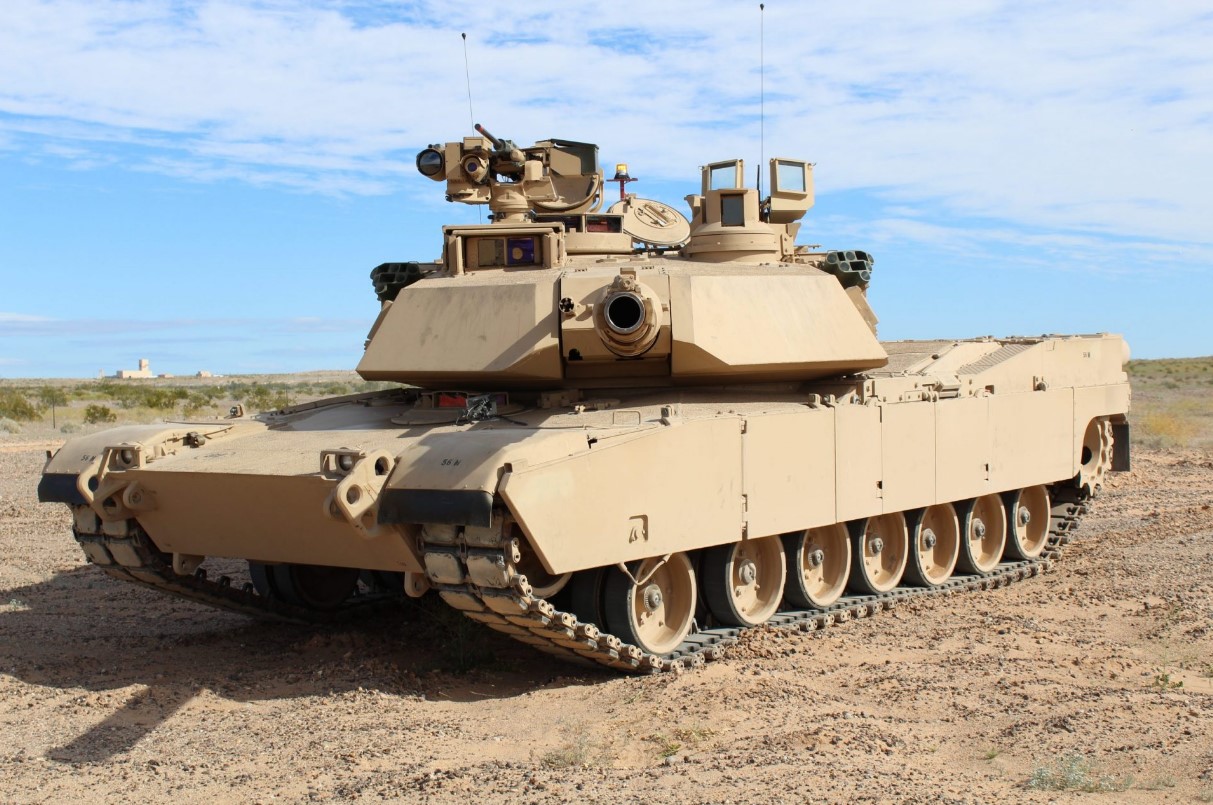

There is promise in the current plans the CFT is pursuing for a family of robotic vehicles to conduct specific missions, generally those that are dull, dirty, and dangerous, such as demining and breaching operations. For a while, the CFT also went down a rabbit hole pursuing an optionally-manned or even robotic MBT. Unfortunately, the CFT’s vision conflicted with the laws of physics. The CFT expressed a desire for an entirely new MBT, one that simultaneously would be lighter, more mobile and fuel-efficient than, yet retain the protection of, the heavily armored Abrams. While the Army has made tremendous progress in developing a range of new capabilities, it has experienced challenges in defining a path to a new MBT. For decades, the Abrams has been proven to be the world’s best MBT, consistently outperforming both Soviet-era equipment and MBTs fielded by other countries. Along with the Bradley Fighting Vehicle, Patriot air defense system, Paladin self-propelled howitzer, and Apache and Black Hawk helicopters, the Abrams was intended to ensure that the Army could take on the then-formidable Soviet Army. Army fielded a brand new MBT, the Abrams M1, was in 1980. Part of the current modernization effort is focusing on defining the characteristics of and requirements for a new main battle tank (MBT). The current program involves new armored combat vehicles, long-range fires systems (both cannon artillery and missiles), manned air platforms, air and missile defenses, robotic vehicles, unmanned aerial systems (UAS) and communications networks.

Some 40 years later, the Army is looking to reprise its success with the Big Five. Army began the most comprehensive modernization of its major platforms and weapons systems since the so-called Big Five of the 1980s.

Army’s Need For A 21st-Century Main Battle Tank In 2016, the U.S.


 0 kommentar(er)
0 kommentar(er)
